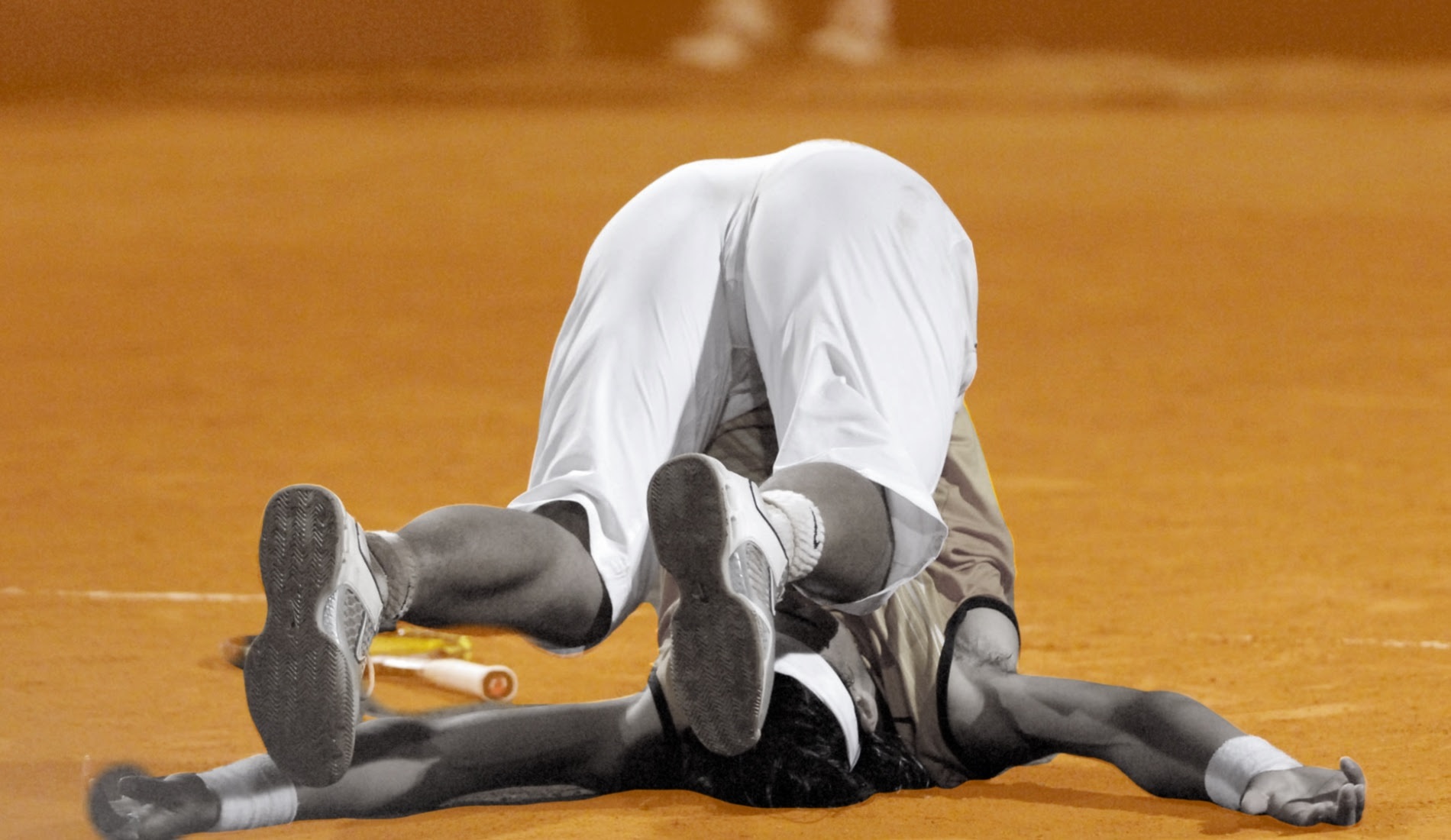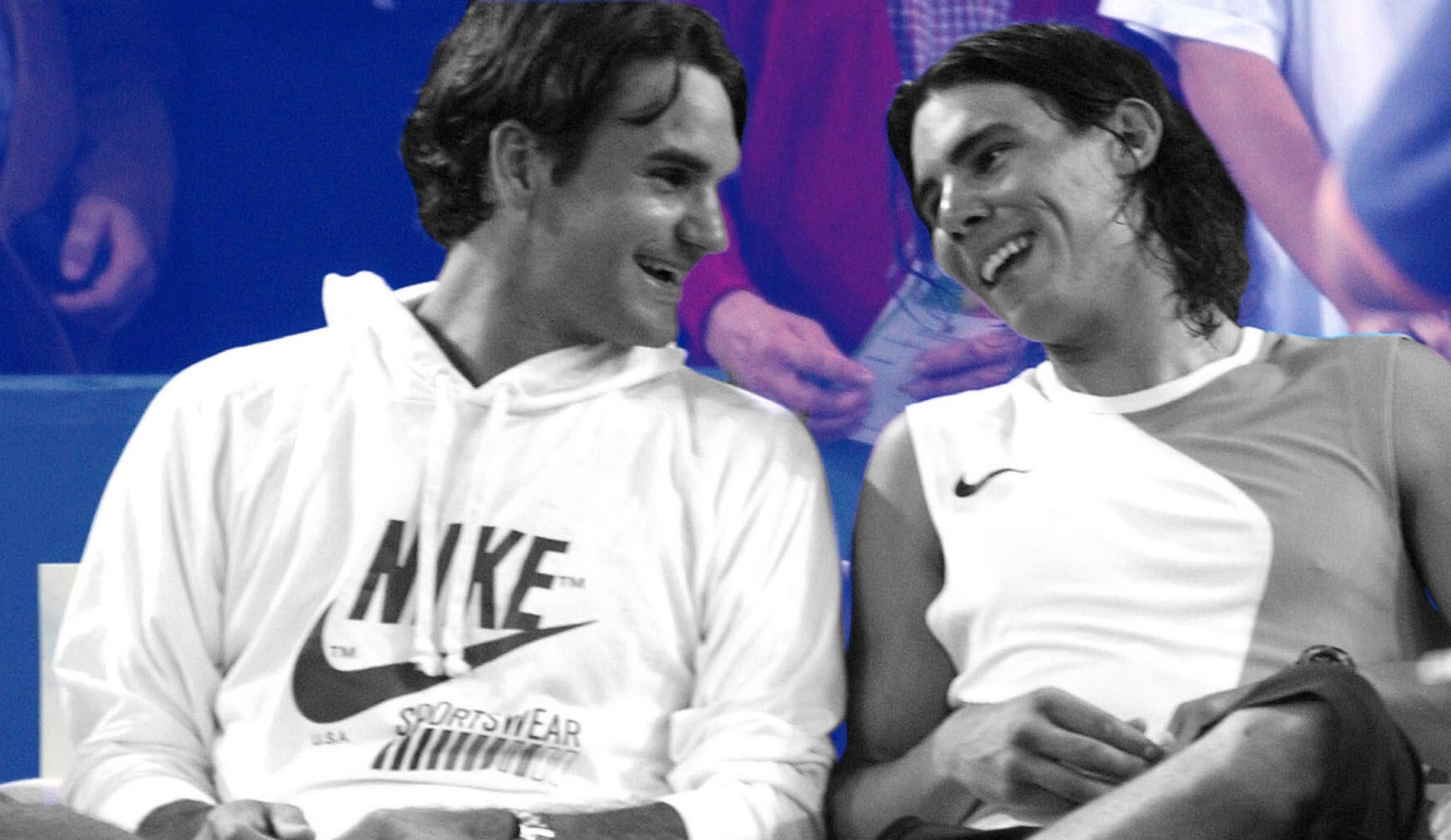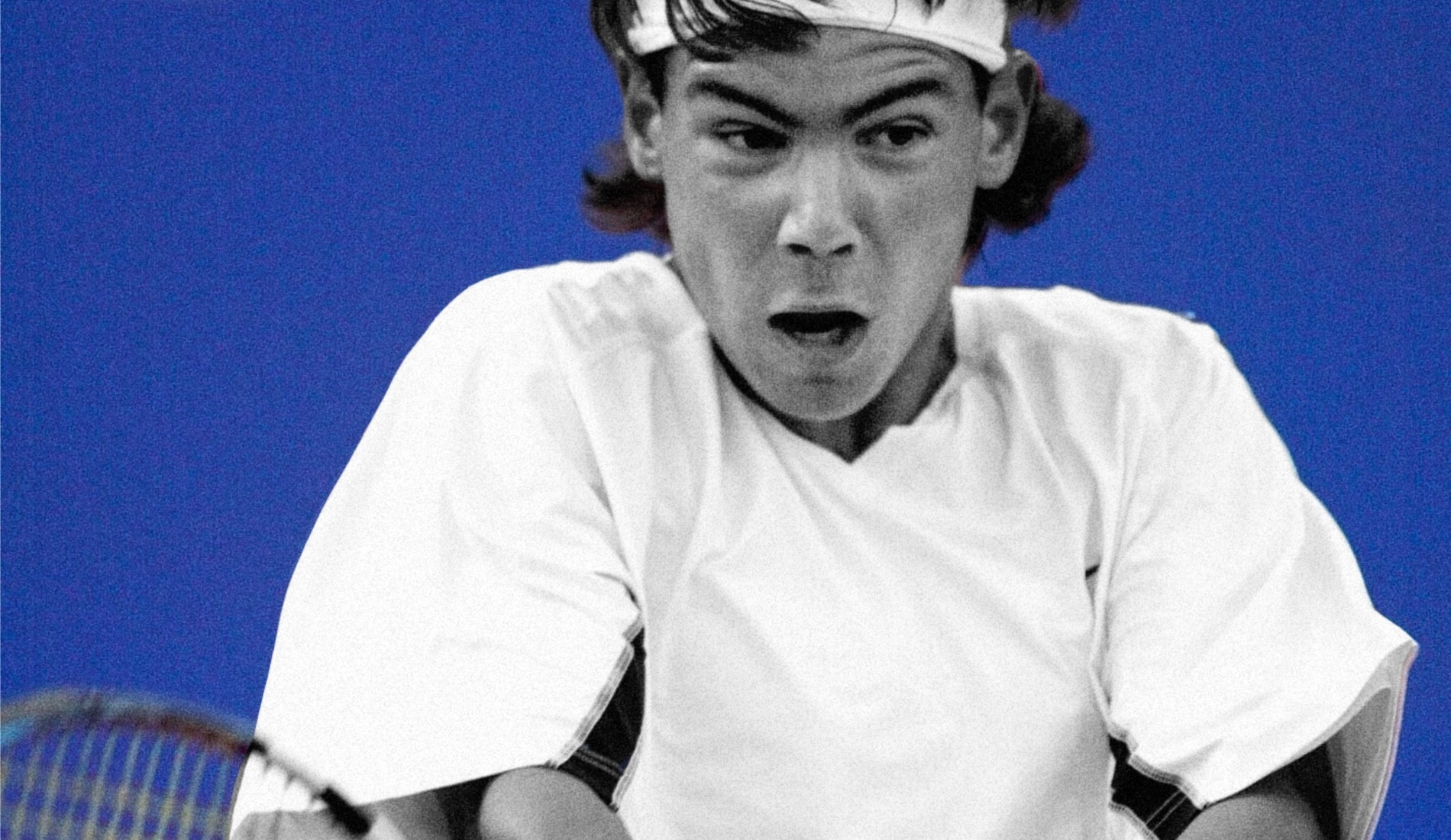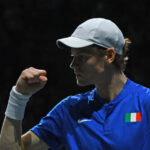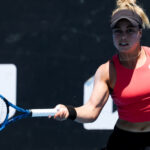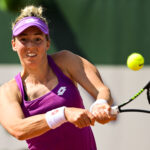May 14, 2006: The day Federer and Nadal played the longest match of their amazing rivalry
Each day, Tennis Majors takes you back in time to relive a tennis event that happened on this specific day. On May 14, 2006, two of the greatest of all time played out the longest match in their rivalry on the Roman clay. Find out how it unfolded
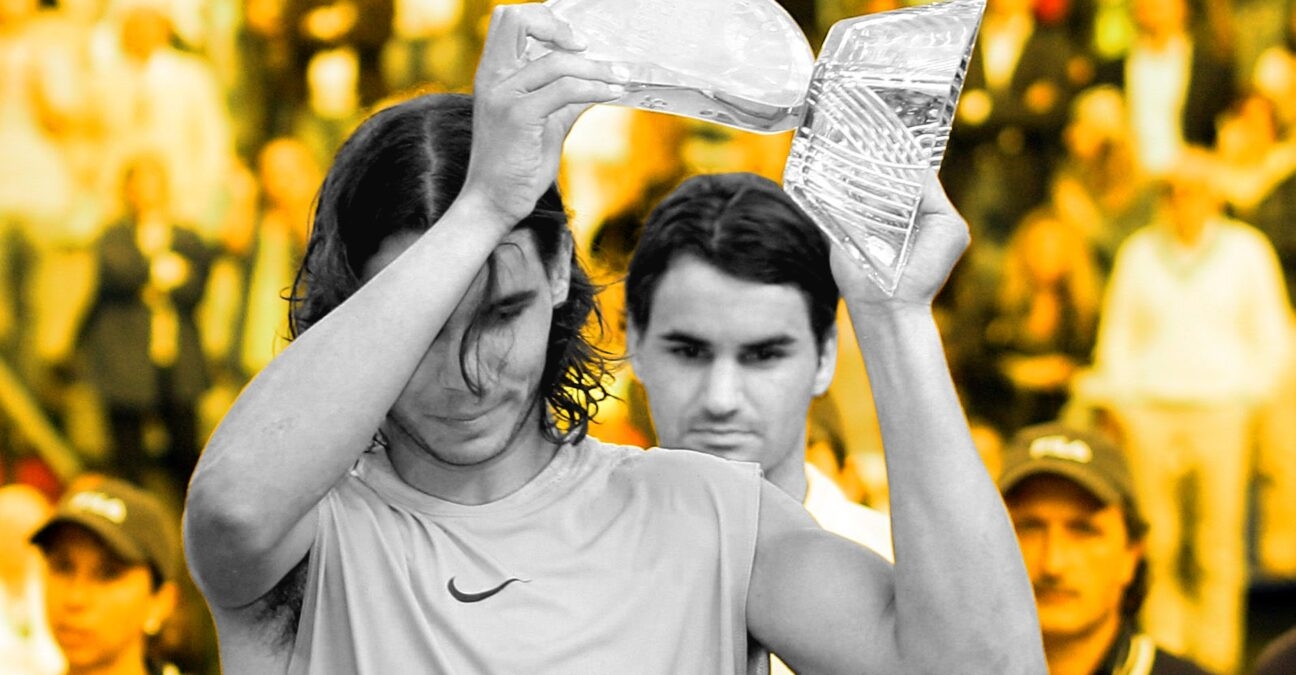 Rafael Nadal & Roger Federer after the Rome final in 2006 – On This Day
Rafael Nadal & Roger Federer after the Rome final in 2006 – On This Day
What happened on that day?
On this day, May 14, 2006, Rafael Nadal and Roger Federer played the longest match of their famous rivalry, in the final of the Italian Open. Although the Swiss led 4-1 in the last set and earned two match points, it was the Spaniard who eventually prevailed, after five hours and five minutes of breathtaking tennis (6-7, 7-6, 6-4, 2-6, 7-6). Thanks to this fourth consecutive win against the world No 1, Nadal equalled Guillermo Vilas’s streak of 53 clay-court wins.
The players involved: Rafael Nadal and Roger Federer
- Rafael Nadal: The King of Clay
In May 2006, Rafael Nadal was only 19 years old, but he was already well established as the world No 2 and the best clay-court player in the world. Just a year earlier, ranked No 31 in the world, the Spaniard had made it to the Miami Open final, where he forced world No 1 Federer to a five-set marathon – eventually losing 2-6, 6-7, 7-6, 6-3, 6-1. Later in April, he claimed his first Masters 1000 tournament, in Monte-Carlo, defeating former Roland-Garros runner-up Guillermo Coria (6-3, 6-1, 0-6, 7-6). He remained undefeated on clay that year, and these unbelievable results made him the favourite for his first appearance at Roland-Garros. This new pressure did not disturb Nadal, who won the tournament at his first attempt, beating Federer (6-3, 4-6, 6-4, 6-3) in the semi-finals and Mariano Puerta in the final (6-7, 6-3, 6-1, 7-5).
Now No 3 in the world, Nadal did not achieve any remarkable results on grass, and after Wimbledon, he stayed in Europe to enter and win two clay court tournaments. In August, Nadal clinched his first title on hard courts. In the final of the Montreal Masters 1000, he defeated Andre Agassi, 35 years old and still world No 7, in a clash of generations (6-3, 4-6, 6-2). This was a milestone for Nadal, proving to the world of tennis that he could triumph in important events on another surface than clay. After a disappointing loss against James Blake in the US Open third round (6-4, 4-6, 6-3, 6-1), he triumphed at the Madrid Open, defeating Ivan Ljubicic in the final (3-6, 2-6, 6-3, 6-4, 7-6). A career-threatening foot injury then forced him to put an end to his season, and he didn’t appear on the tour until Marseille, in February 2006, and it wasn’t long before he came back to his best level, defeating Federer in the finals of the Dubai Championships (2-6, 6-4, 6-4).
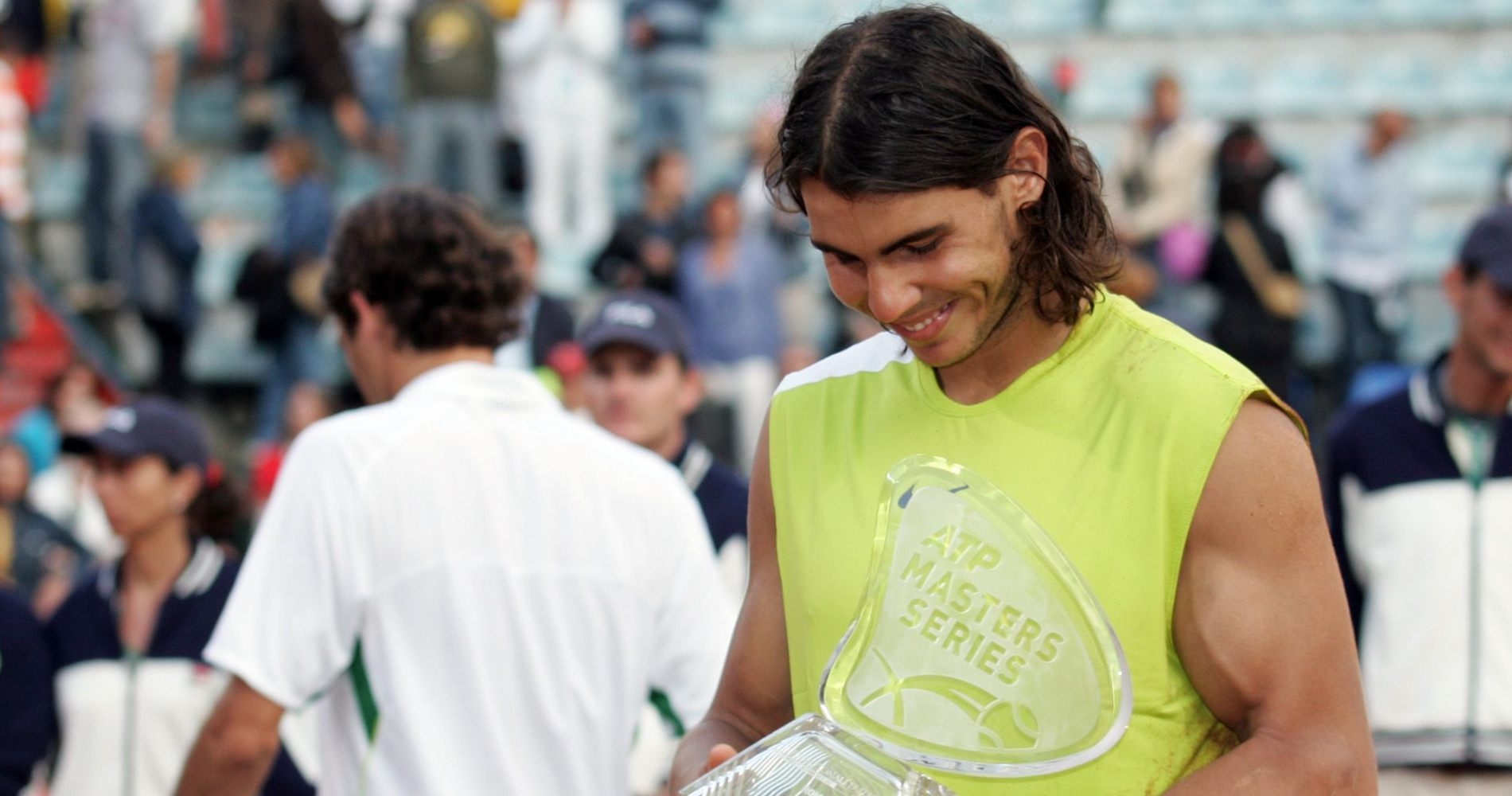
- Roger Federer: The Swiss Maestro who was the reigning world No 1
Roger Federer was born in 1981. After he finished 1998 as world No 1 among the juniors, the Swiss performed well in his first professional matches: in his five first main tour appearances, in 1998 and 1999, he reached the quarter-finals on three occasions, in Toulouse, Marseille and Rotterdam. His mind-blowing game wowed the world tennis and soon he was proclaimed as a potential future world No 1. The Swiss, very emotional during his first years on the tour, eventually mastered his nerves in 2003, when he claimed his first major title at Wimbledon (defeating Mark Philippoussis in the final, 7-6, 6-2, 7-6).
A few months later, after triumphing at the Australian Open (defeating Marat Safin in the final, 7-6, 6-4, 6-3), he became world No 1 on February 2, 2004, and up to his clash with Nadal in Rome, he had held that spot without a break. Since 2003, he had won seven Grand Slams: the Australian Open (2004, 2006), Wimbledon (2003, 2004, 2005) and the US Open (2004, 2005). From the time he reached the No 1 spot, his records also included 23 ATP titles, including seven Masters 1000 titles. Federer had already won the Masters Cup in 2003 and 2004. The only major title missing from his list of achievements was Roland-Garros. Although the Swiss was a great clay court player, the rise of Rafael Nadal made it a much bigger challenge for Federer to be dominant on red dirt.
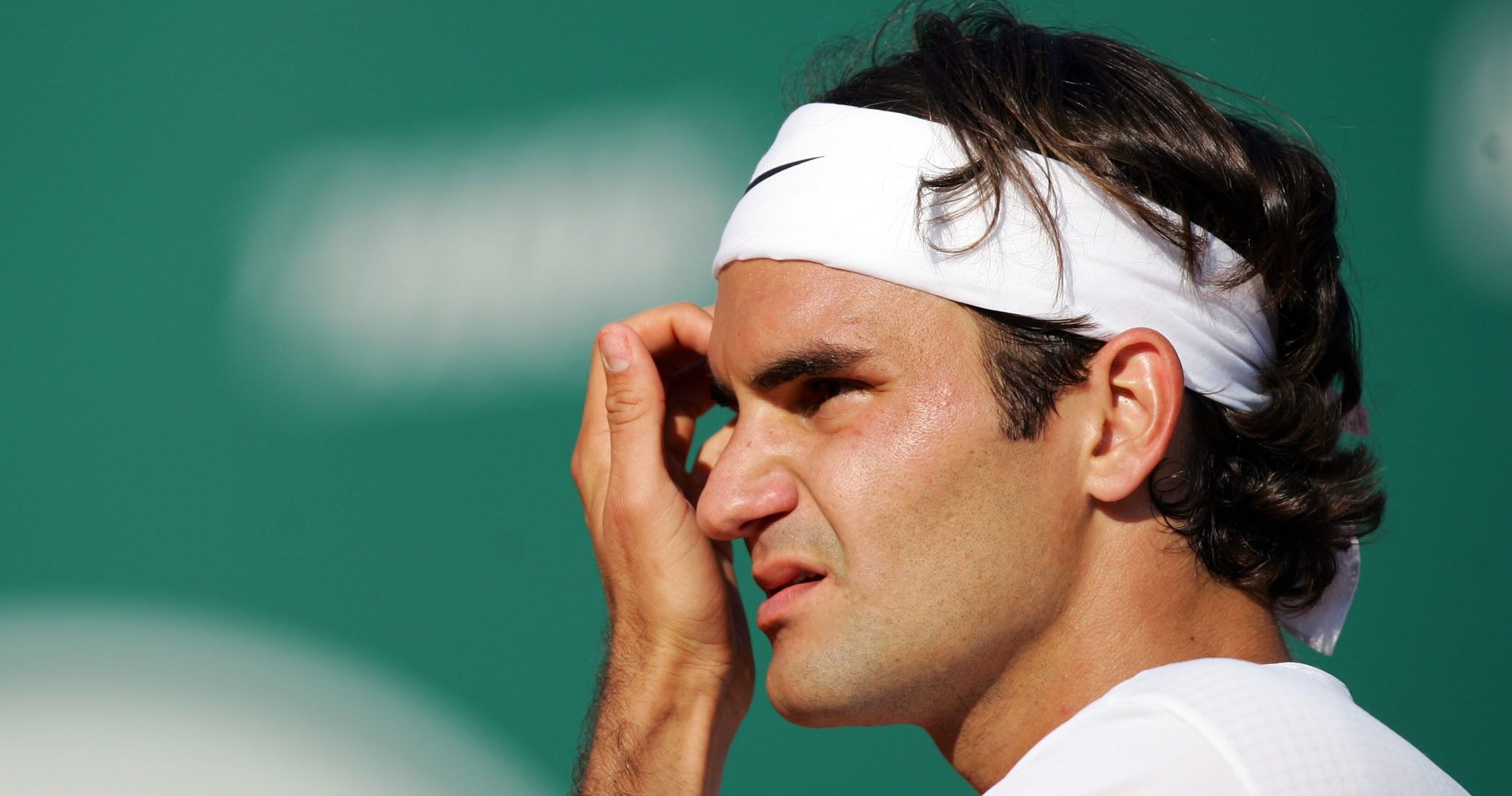
The place: Roma, Foro Italico
The Italian Open had been held in Rome since 1930, at the Foro Italico, a massive sporting complex originally designed to support an Italian bid to host the 1940 Olympics. One of the ATP Masters 1000 events, it is still among the most prestigious clay-court tournaments in the world. Almost all the best players in history have set foot on the courts of the famous Stadio del Tennis di Roma venue.
Rafael Nadal was the defending champion, after having won the tournament at his first appearance in the main draw in 2005, defeating Guillermo Coria in the longest ATP Masters 1000 final in tennis history (6-4, 3-6, 6-3, 4-6, 7-6).
The facts: Nadal continues as Federer’s kryptonite
By May 2006, Roger Federer and Rafael Nadal had faced each other only five times, but their rivalry was already the most exciting matchups on the tour since the one between Sampras and Agassi. They were the perfect opposites: while Federer had a classic technique and played tennis with a gentleman’s attitude, Nadal wore colourful sleeveless tops and, displaying a trademark forehand lasso finish, never missed an opportunity to root for himself. On top of that, in the last 12 months, the Spanish left-hander had been the only real rival for the Swiss, leading 4-1 in their head-to-head, while the Swiss dominated the rest of the pack outrageously. Federer was still chasing the Roland-Garros title, and the rise of Nadal suddenly made it a much more difficult challenge.
The Spaniard had already ruined Federer’s hopes in the Roland-Garros semi-finals in 2005, and in 2006, he showed once again in the Monte-Carlo final that the Swiss would need to pull out an extraordinary performance to defeat him on clay. Federer knew that, and in Rome, facing his new nemesis in the final once again, he was determined to rise to the occasion. He had learned from his previous losses, and he played a more aggressive game than before. Taking to the net no less than 18 times, he won the first set (7-6), and for the first time in three clay-court clashes, he seemed to be in a position to win the match. His opponent, however, didn’t intend to surrender without a fight, and, although it didn’t seem possible, he increased the intensity, putting even more spin and dictating the game with his amazing forehand. While Nadal was dominating the second and third set, a brief moment of tension happened, when Federer ironically asked Toni Nadal if he was doing okay, meaning that he could see him coaching his nephew between the points.
The incident didn’t seem to break the world No 1’s concentration. Speeding up the pace, he won the fourth set, 6-2, and when he took a 4-1 lead in the last set, the spectators though they were going to witness Federer’s first clay-court win against Nadal. However, leading 4-1 and beating the Spaniard were two different things, as the Swiss found out the hard way. The left-hander crawled his way back, saving two match points on his serve at 6-5, and then, after trailing 5-3 in the tie-break, winning the four last points to prevail 7-5 after five hours and five minutes of play. Despite Federer’s fantastic performance, Nadal remained the champion in Rome.
“I had a couple of match points, I pulled the trigger too early,” Federer said, according to tennis.com. “I definitely played some of the best attacking tennis on clay that I could play. But he defends so well and makes you doubt.”
What next? The FEDERER-NADAL rivalry and freindship blossoms
A few weeks later, Nadal would stop Federer once again at Roland-Garros, this time, in the final (1-6, 6-1, 6-4, 7-6). Only in Hamburg, in 2007, would the Swiss finally defeat his rival on clay (2-6, 6-2, 6-0), but he would never achieve that feat in Paris, where the Spaniard beat him in three other finals (2007, 2008, 2011).
Although the two great players would have many other dramatic clashes, the 2006 Rome final would remain the longest of their 40 encounters.
“We played against each other on many occasions in a short period of time. It was a time when we met each other a lot in finals and Rome was one of the best, alongside the 2008 Wimbledon final,” Federer would tell the ATPWorldTour.com in 2016.
By the time Federer retired from the sport in 2022, Nadal was among his close friends and the Swiss’ last match came alongside his close rival and friend in a doubles match for Team Europe at the Laver Cup.

